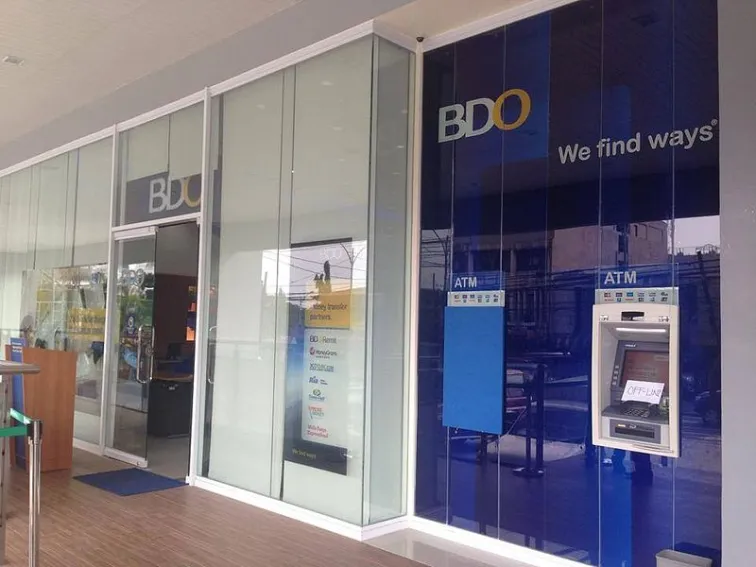
Here's why Philippine banks' NPLs are unlikely to rise
NPL levels have already started to decline in 1H17.
Universal and commercial banks’ NPL ratio has remained at a low level for several years now, down to 1.46% as of Aug ’17 from the peak of 17.4% in 2001. Maybank Kim Eng noted that in terms of absolute amount, NPLs have been declining since 2013 and only started to inch up last year.
Here's more from Maybank Kim Eng:
However, the rate of growth is still 3x slower than loan growth. In Aug, NPLs in gross amount went up by 6.1% YoY to PHP104b, substantially lower than the 20.4% credit growth. Despite this slow NPL growth, PH banks have remained conservative with their loan-loss provisions. NPL cover ratio remains adequate at 136.8% on average.
We deem this benign NPL growth as secular given the low consumer portfolio mix. As of the latest quarterly data, consumer loans accounted for only 17.8% of total loan books.
Even if consumer loan growth outpaced corporate demand, it wouldn’t be enough to skew the mix. Likewise, gross consumer NPL growth was slower than consumer credit growth, enabling the industry to post a lower consumer NPL ratio of 4.06%.
The biggest growth in NPLs in the consumer sector is coming from auto lending, which rose at a five-year CAGR of 23% while mortgages increased by 11%. Strong car sales have been evident with the UBER and GRAB car-sharing phenomenon in the country as well as the accommodative auto lending scheme of the banking industry.
We believe this trend will continue with the strong domestic economy. NPLs are unlikely to rise unless economic fundamentals deteriorate sharply. Parent banks’ NPL levels even started to decline in 1H17 with only BDO, EW, MBT and UBP showing single-digit growth. PH banks will remain cognisant of their asset quality.
We are conservatively looking at ~20% growth in NPLs in 2018F, and any increases may take place depending on the extent of exposure to the more risky consumer market. Among PH banks, SECB should still have the lowest level of NPLs at 0.8% and the highest amount of coverage at 179%.




![Lorem Ipsum [ABF 1]](https://cmg-qa.s3.ap-southeast-1.amazonaws.com/s3fs-public/styles/exclusive_featured_article/public/2025-03/a_hand_pointing_to_a_futuristic_technology_5b87c9d0e3_1.png.webp?itok=2w0y1WhS)


![Cross Domain [Manu + SBR + ABF + ABR + FMCG + HBR + ]](https://cmg-qa.s3.ap-southeast-1.amazonaws.com/s3fs-public/styles/exclusive_featured_article/public/2025-01/earth-3537401_1920_4.jpg.webp?itok=WaRpTJwE)







 Advertise
Advertise

